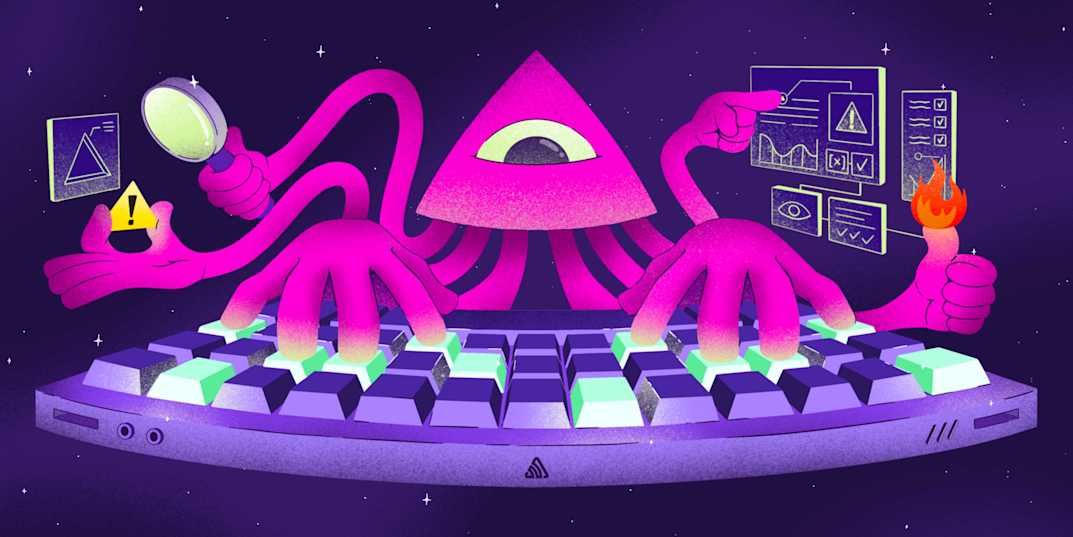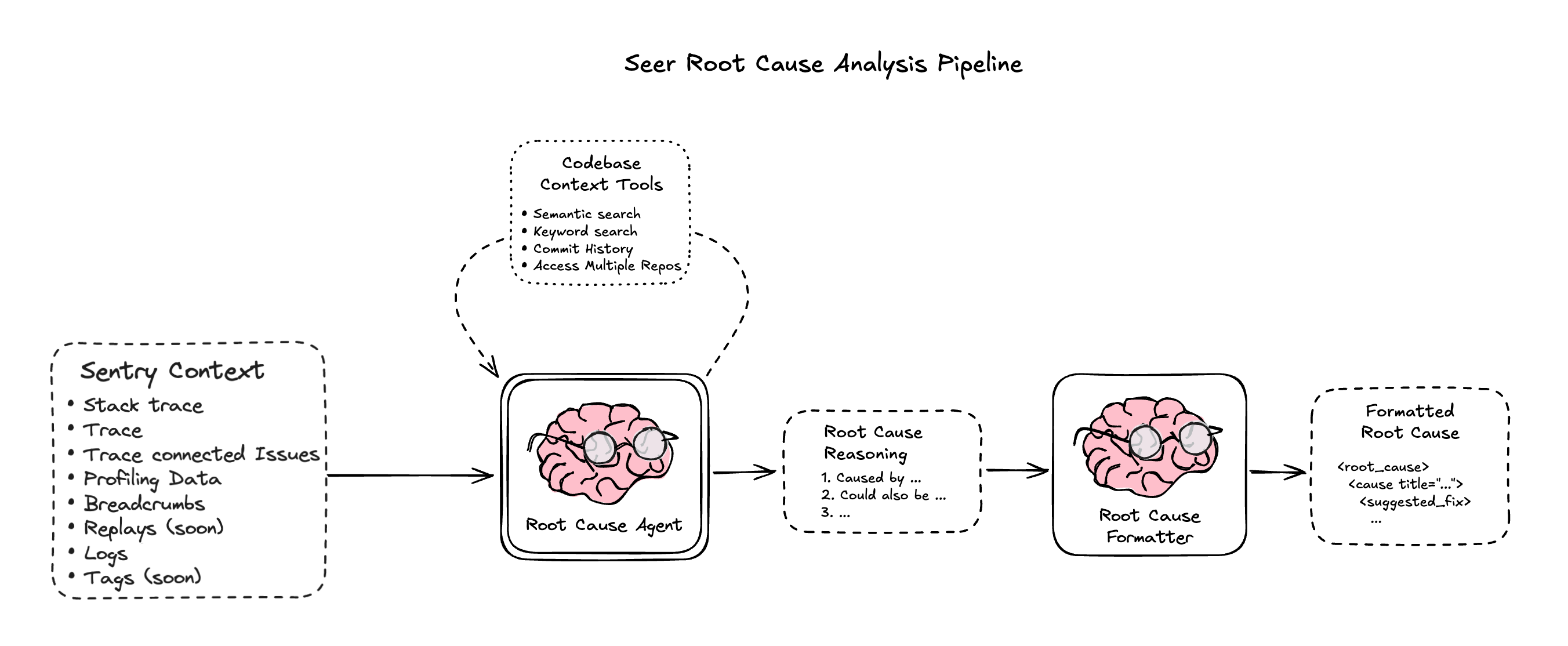Want AI to be better at debugging? It’s all about context
Want AI to be better at debugging? It’s all about context
More code is being shipped today than ever before, accelerated by AI powered code gen tools. We’re in a golden age for builders.
But here’s the thing: software still breaks in production. From a recent study by Microsoft, AI models struggle to debug software. It’s because most of these code gen tools lack the one thing every good developer relies on: context.
To debug anything, you need context. Having AI tools doesn't change that. The AI needs to go beyond its training data; it needs to see the errors, the trace data, the breadcrumbs, the stack traces, have access to the whole codebase, the commit history, etc.
Debugging needs context, with or without AI
For the past decade we’ve been helping over 130,000 organizations debug software issues quickly. We do this by delivering exclusive Sentry context enabling engineering teams to debug 10x faster in production.
When something breaks, developers need to know the following:
When did the issue start?
What changed right before things broke?
Is it affecting one user or many?
What platform, device, or release does it affect?
Where does the issue start? Is the issue in my code, or something external it depends on?
Sentry answers those questions and also pulls in:
The stack trace to understand the exact functions and chunks of code failing
Traces and logs to see how your app is behaving end to end around the error
Related trace connected issues - e.g. to see if a backend error is relevant to a frontend issue being debugged
Sentry breadcrumbs to understand what actions happened before and after the exception
Profiling data to better understand how the functions are performing
All of that context that has made Sentry so useful to developers for years — it’s exactly the same context other AI tools need, but don’t have, to actually fix things when they break.
Introducing Seer, our AI Agent
Imagine being able to root cause your production issues with over 94% accuracy. That’s why we’ve been building Seer, a context-rich AI agent built upon tools that only Sentry could create.
Seer pulls in context from your Sentry projects and your codebase to build a map of how your code works in production in a way that no other agent can. It’s able to analyze and form opinions on everything listed above. And in the very near term, Seer will also be able to process Tags and Session Replays.
Not only does it have context from all the exceptions Sentry captured, it also pulls in context from your codebase to the point where it can
Perform grep searches
Review documents
Analyze commit history
Update files
Look at different repos to make sure proposed fixes don’t introduce breaking changes
With all this information across all the events you send Sentry, when code breaks, Seer can fix it for you. It can correctly identify the root cause over 94% of the time, write code to fix it, and open a pull request for you.
Context is the cornerstone of effective debugging, whether performed by humans or AI. Current AI coding agents, while great at codegen, often are slower and less precise due to a lack of the comprehensive context needed to debug production issues. Seer with Sentry context addresses this gap. This extensive and exclusive context enables Seer to accurately identify the root cause of issues and propose fixes, even generating code and opening pull requests. By prioritizing context, Seer aims to significantly enhance the debugging process, making software development more efficient and reliable.




